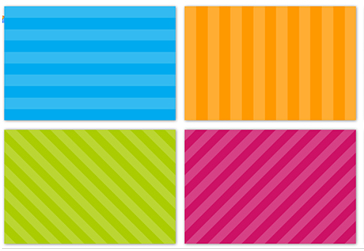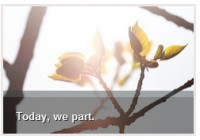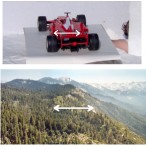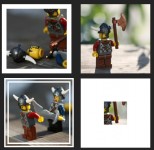Various Background Patterns With CSS3

we’re very familiar with CSS3 gradients by now,today,we'll use CSS3 gradients to create many kinds of commonly needed patterns, including checkered patterns, stripes and more.
he main idea behind the technique is the following, taken from the CSS3 Images spec:
If multiple color-stops have the same position, they produce an infinitesimal transition from the one specified first in the rule to the one specified last. In effect, the color suddenly changes at that position rather than smoothly transitioning.
I guess this makes it obvious how to create the tile for the stripes (unless you’ve never created a striped background before, but teaching you this is beyond the scope of this post). For example the gradient for the horizontal stripes is:
background-color: #0ae; background-image: -webkit-gradient(linear, 0 0, 0 100%, color-stop(.5, rgba(255, 255, 255, .2)), color-stop(.5, transparent), to(transparent)); background-image: -moz-linear-gradient(rgba(255, 255, 255, .2) 50%, transparent 50%, transparent); background-image: -o-linear-gradient(rgba(255, 255, 255, .2) 50%, transparent 50%, transparent); background-image: linear-gradient(rgba(255, 255, 255, .2) 50%, transparent 50%, transparent);
Why transparent instead of the actual colors we want? For flexibility. background-color serves two purposes here: Setting the color of half the stripes and serving as a fallback for browsers that don’t support gradients.
However, without anything else, the tile will occupy the whole container. To control the size of each tile, you can use background-size:
-webkit-background-size: 50px 50px; -moz-background-size: 50px 50px; background-size: 50px 50px;
To create the picnic-style pattern, you just overlay horizontal stripes on vertical stripes.
The hardest one to figure out was the checkered pattern. It consists of two 45° linear gradients and two -45° linear gradients, each containing ¼ of the dark squares. I still haven’t managed to think of a way to create a regular checkerboard (not at 45°) without needing an unacceptably large number of gradients. It will be very easily possible when angle gradients start being supported (currently they’re not even in the spec yet, although they’re going to be, as discussed in www-style).
hope you like it.
You might also like
Tags
accordion accordion menu animation navigation animation navigation menu carousel checkbox inputs css3 css3 menu css3 navigation date picker dialog drag drop drop down menu drop down navigation menu elastic navigation form form validation gallery glide navigation horizontal navigation menu hover effect image gallery image hover image lightbox image scroller image slideshow multi-level navigation menus rating select dependent select list slide image slider menu stylish form table tabs text effect text scroller tooltips tree menu vertical navigation menu

 Subscribe
Subscribe Follow Us
Follow Us 13 years ago
13 years ago 10124
10124 2342
2342



